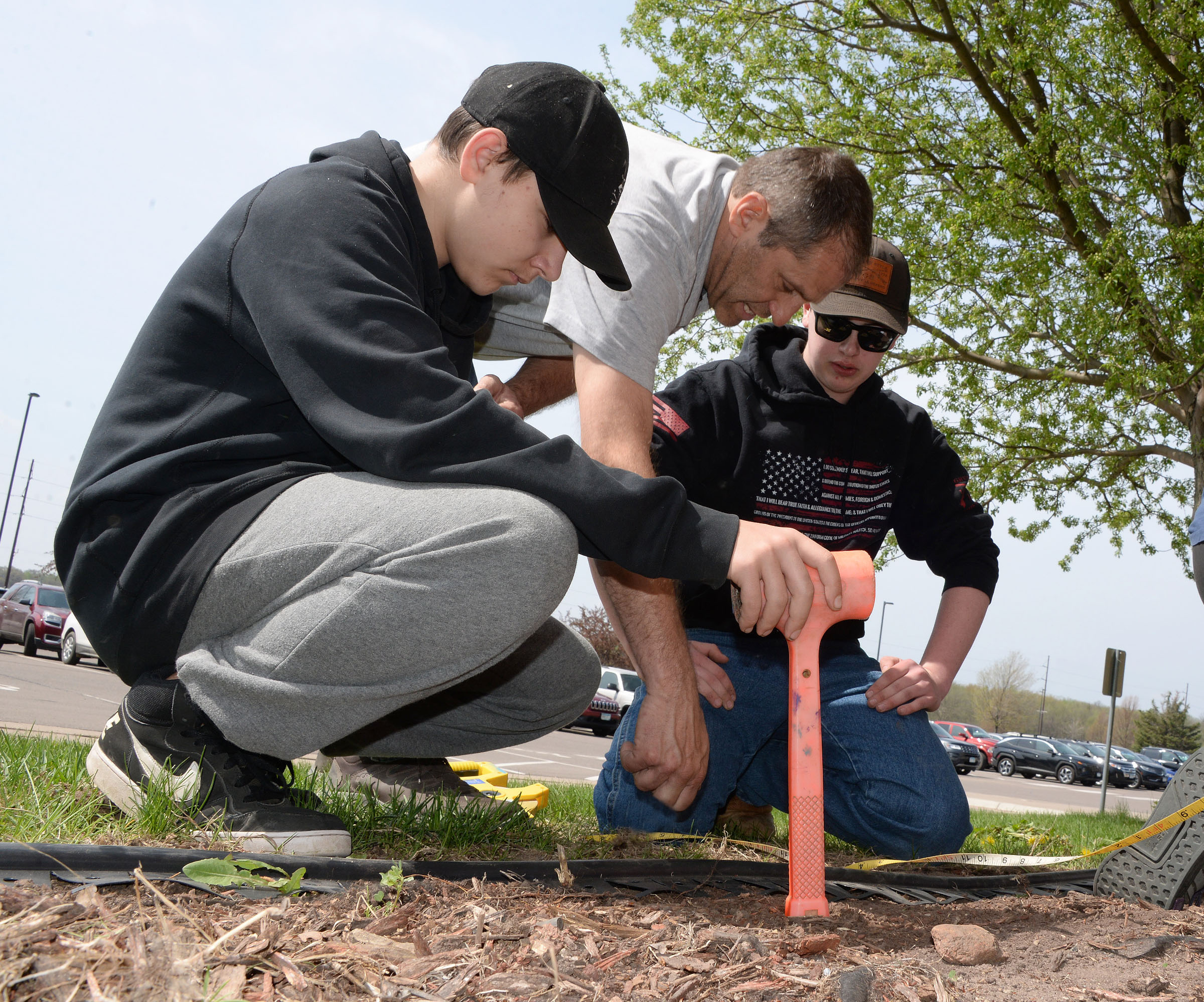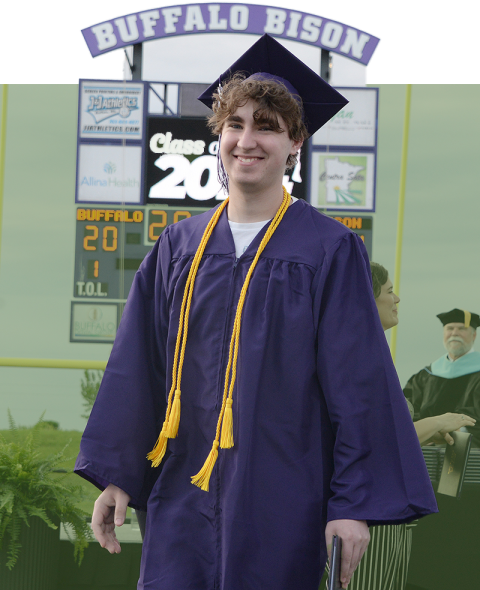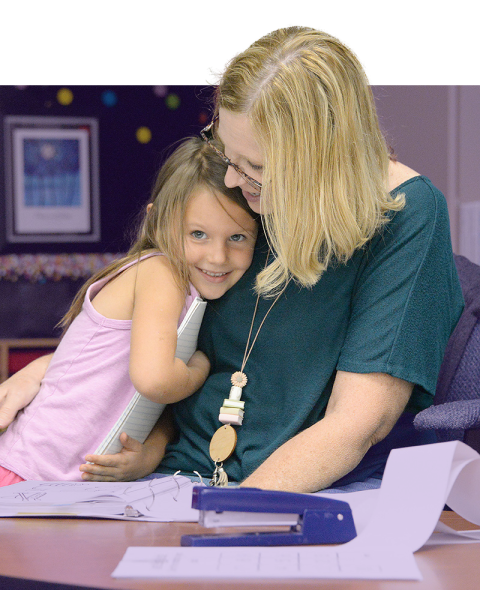Few rival BHS in dual enrollment options

Coming from the smallest school in the mighty Lake Conference, Buffalo High School student-athletes are no strangers to an underdog role in competition.
In the classroom, however, the opportunities available to them rival any in the state thanks to a unique focus on dual enrollment courses that deftly balance career as well as college preparation.
“My impression is that we are an anomaly, a standout in that area,” said BHS Principal Mark Mischke.
A survey of course offerings at numerous metro-area schools confirms that statement. Not only do the number of college credit-bearing courses (40) rival and even exceed many of Buffalo High School’s larger peers, which tend to favor Advanced Placement (AP) courses over College in the Schools (CIS) offerings. What is truly remarkable is the variety of options available and, in some cases, their practical, vocational orientation.
Alongside the typical assortment of advanced math, science, engineering, social studies, English and foreign language offerings, BHS students can also choose CIS classes that are not part of the AP catalogue, like Animal Science, Auto Service & Maintenance, Landscaping, Wood Technology, Mechanical Drawing and Child Development.
Those options reflect a partnership with seven institutions of higher learning, from large four-year universities to smaller technical and community colleges, and the course list’s foundation in the Minnesota Transfer Curriculum ensures that all credits earned by BHS students will be accepted by any of Minnesota’s state colleges and universities.
The variety also reflects the broader Buffalo-Hanover-Montrose School District’s conviction that a BHS graduate must have the skills necessary to absorb additional training and excel in the next step of their development after high school, whether they choose college or a different path.
“The goal is to have challenging coursework in all interest areas, not just where we think it’s important, but where their interests lie,” Mischke said. “We want to challenge students in each of the areas that they are passionate about.”
Student engagement
Providing motivated students with a realistic opportunity to finish most general college courses before high school graduation is one step. The next is to help them see the tremendous intellectual and financial value in voluntarily challenging themselves with more rigorous school work before those classes carry college-level costs.
BHS senior Zoe Donofrio said she was initially intimidated by the idea of CIS coursework, but has since embraced the growth those classes require.
“I enjoyed the structure and pace of it all,” she said. “These classes teach you productivity in things like note-taking, independent work time, work quality, and study effort.”
Fellow senior Abigail Urick had the advantage of seeing an older sibling save money and time in college by taking advanced courses at BHS, and decided to follow the same path.
“The opportunity to take CIS courses is one of my favorite aspects about Buffalo High School and I’m very grateful for it,” she said. “It is rewarding to know that I took a more challenging class and benefited from it in multiple ways. While I’m in high school, I’m also getting ahead in college – that’s amazing!”
While many high schools reserve college-level material for juniors and seniors, 12% of ninth-graders and nearly 40% of sophomores took CIS classes at BHS last school year. Over the past seven years, an average of 66% of seniors have participated.
Mischke said the process of registering for a dual enrollment course is another factor that sets CIS classes apart from AP or International Baccalaureate (IB) options, which offer the opportunity to test for college credit but ultimately remain high school classes.
“When a student sees they actually have a transcript from St. Cloud State and they’ve passed college algebra, they realize that they might be capable of more than they may have initially thought,” he said.
The financial aspect is significant as well. BHS students earned over 5,000 college credits last school year, collectively saving more than $1.5 million in tuition expenses.
“The preparedness and the savings that come with it are real,” said Mischke. “When a student doesn’t have money at home to pay for college but gets almost all of his generals done for free, there’s a legitimate equity component there. I want to make sure students at Buffalo High School don’t sell themselves short in terms of what their opportunities are, and we’re creating opportunities that they might not have otherwise.”


